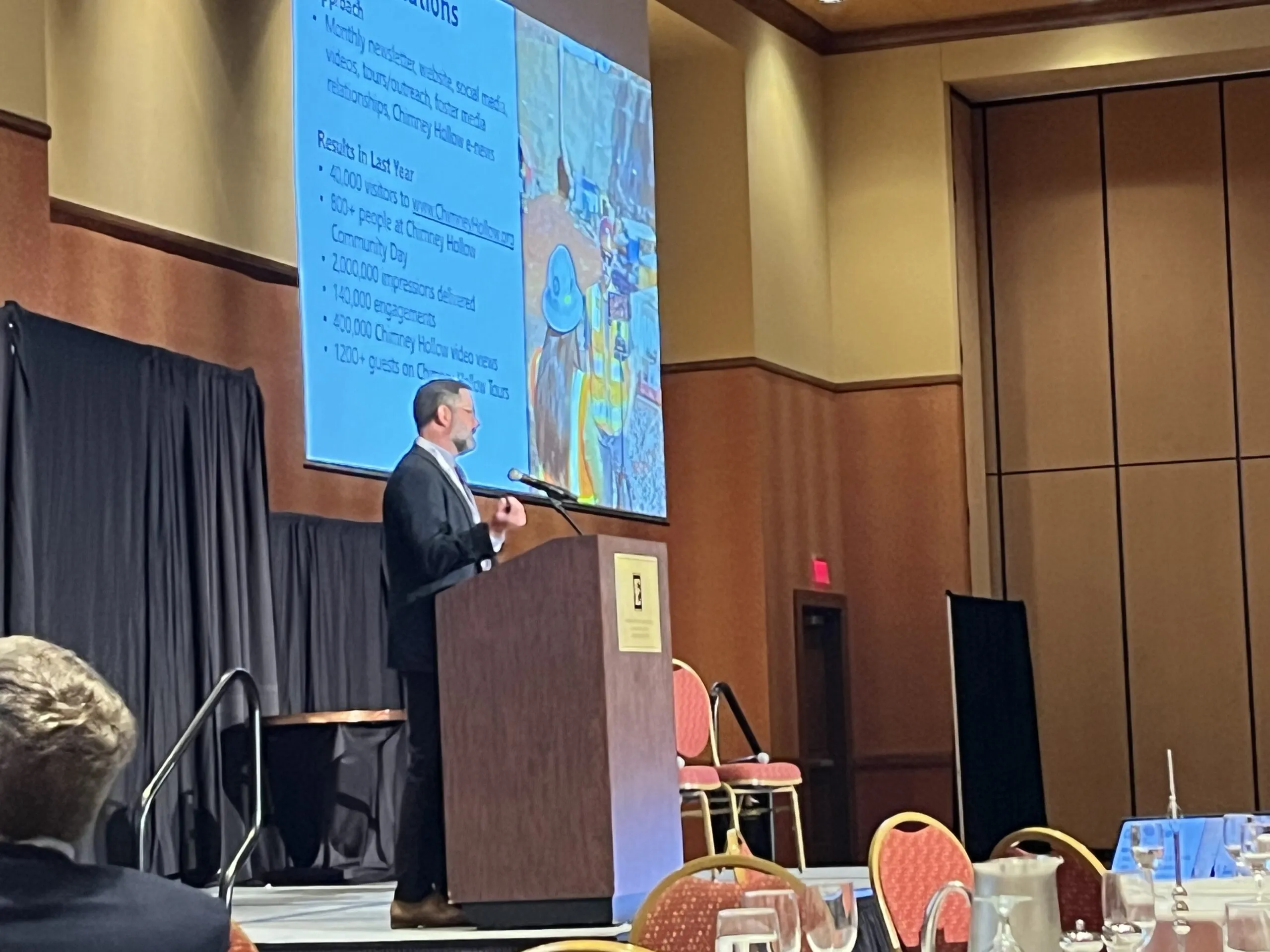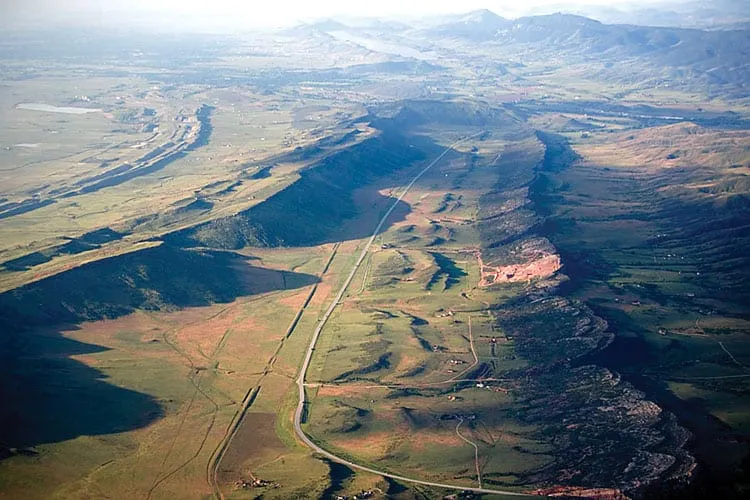Water district to set quota next week

Users of Colorado-Big Thompson water will receive 60% of what their shares entitle them, if the board of the Northern Colorado Water Conservancy District agrees with Northern Water staff.
THIS ARTICLE IS FOR SUBSCRIBERS ONLY
Continue reading for less than $3 per week!
Get a month of award-winning local business news, trends and insights
Access award-winning content today!
Already have a paid subscription?
Sign in with GoogleSign in with Google





